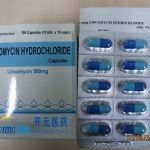
Lincomycin should be not used for the treatment of minor bacterial infections or for nonbacterial infections. Because of poor CNS penetration, lincomycin should not be used in the treatment of meningitis.
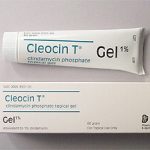
The drug also is active in vitro against Arcanobacterium haemolyticum (formerly Corynebacterium haemolyticum). Clindamycin is active against some anaerobic and microaerophilic gram-negative and gram-positive organisms including Actinomyces, Bacteroides, Eubacterium, Fusobacterium, Propionibacterium, microaerophilic streptococci, Peptococcus, Peptostreptococcus, and Veillonella. Clindamycin is active in vitro against Prevotella and Porphyromonas (both formerly classified as Bacteroides); Mobiluncus (motile, anaerobic, curved rods) also are inhibited in vitro by the drug. Clostridium perfringens, C. tetani, Corynebacterium diphtheriae, and Mycoplasma are also inhibited by clindamycin.

Ototoxicity and nephrotoxicity are the most serious adverse effects of parenteral vancomycin therapy. To date, these adverse effects have not been reported in patients receiving vancomycin orally. The incidences of ototoxicity and nephrotoxicity have not been well established, but clinical experience to date suggests that these adverse effects occur relatively infrequently.
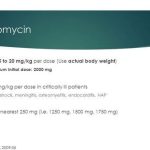
Vancomycin hydrochloride is administered by slow IV infusion for the treatment of systemic infections. Vancomycin hydrochloride is given orally as capsules or an oral solution for the treatment of enterocolitis caused by Staphylococcus aureus (including methicillin-resistant strains) or for antibiotic-associated pseudomembranous colitis caused by Clostridium difficile; if necessary, the parenteral form of vancomycin HCL also may be administered orally for the treatment of these infections.
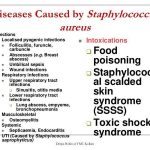
IV vancomycin hydrochloride is used in the treatment of potentially life-threatening infections caused by susceptible organisms which cannot be treated with other effective, less toxic anti-infective agents. Vancomycin is used principally for the treatment of severe infections caused by gram-positive bacteria in patients who cannot receive or who have failed to respond to penicillins and cephalosporins or for the treatment of gram-positive bacterial infections that are resistant to b-lactams and other anti-infectives. Prevention of the emergence of drug resistance, its dissemination among pathogens, and the spread of such pathogens has become an increasingly important public health problem. Medical, pharmacy, and other staff and individuals responsible for drug-use policy and formulary decisions should review and restrict the use of certain anti-infectives, including vancomycin, and ensure that their use is appropriate.
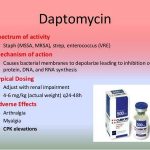
Daptomycin is used for the treatment of complicated skin and skin structure infections caused by susceptible gram-positive bacteria. The drug should not be used in the treatment of pneumonia. To reduce the development of drug-resistant bacteria and maintain daptomycin efficacy, the drug should only be used to treat or prevent infections that are proven or strongly suspected to be caused by susceptible bacteria.
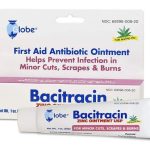
IM bacitracin has been used in infants with pneumonia and empyema caused by staphylococci that are susceptible to the drug; however, use of bacitracin has, in most cases, been replaced by penicillinase-resistant penicillins or cephalosporins for infections caused by penicillinase-producing staphylococci and by vancomycin for resistant strains. Penicillin is the drug of choice in infections caused by susceptible strains of nonpenicillinase-producing staphylococci. If bacitracin is used, the patient should be closely observed, and adequate laboratory facilities should be available. Diarrhea and Colitis Bacitracin has been used orally in a limited number of patients for the treatment of Clostridium difficile-associated diarrhea and colitis (also known as antibiotic-associated diarrhea and colitis), including pseudomembranous colitis.
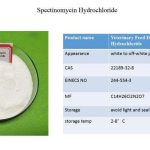
Spectinomycin is used in the treatment of uncomplicated cervical, urethral, or rectal gonorrhea caused by susceptible Neisseria gonorrhoeae and also is used in the treatment of disseminated gonococcal infections. Although not considered a drug of choice for the treatment of gonococcal infections, spectinomycin is considered a useful alternative for the treatment of gonococcal infections in patients who are hypersensitive to or cannot tolerate cephalosporins and fluoroquinolones.